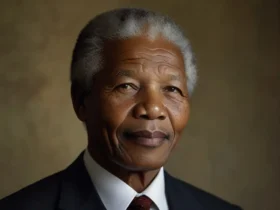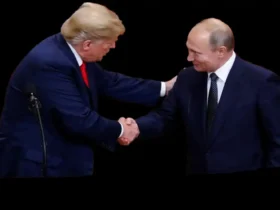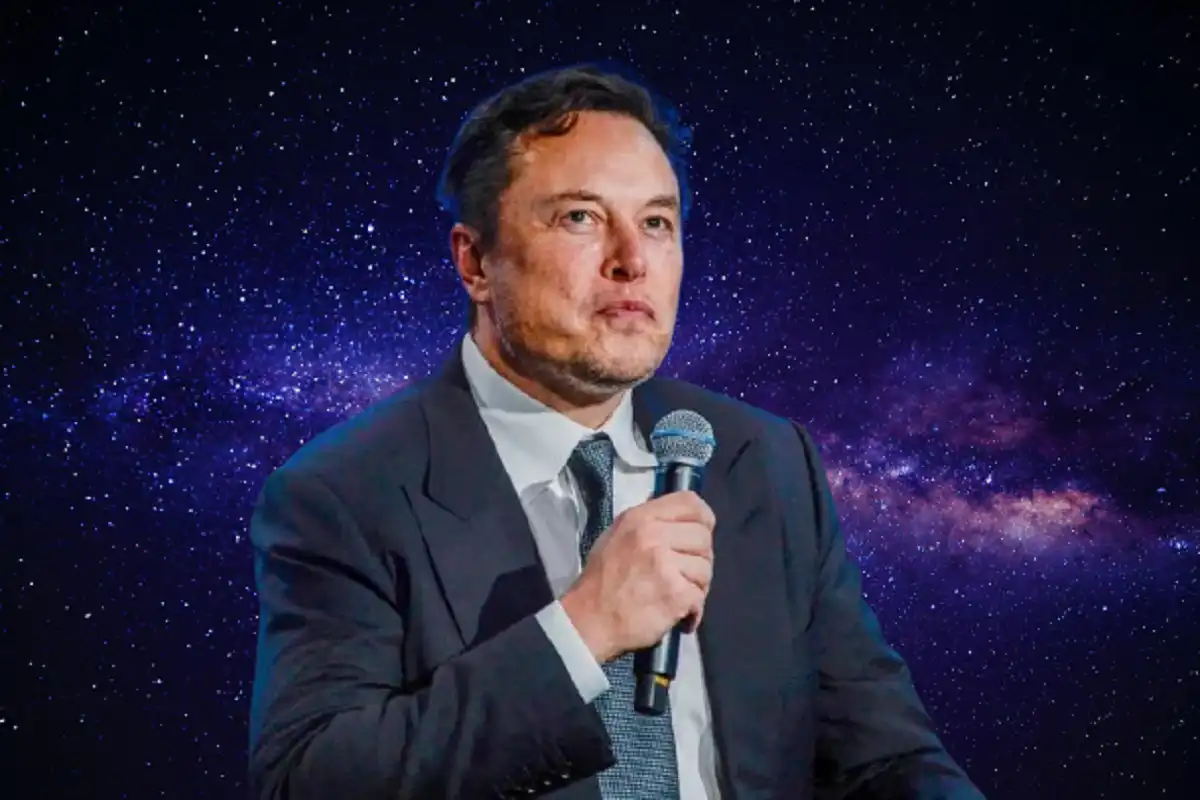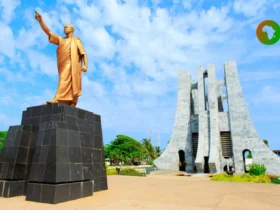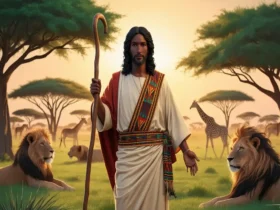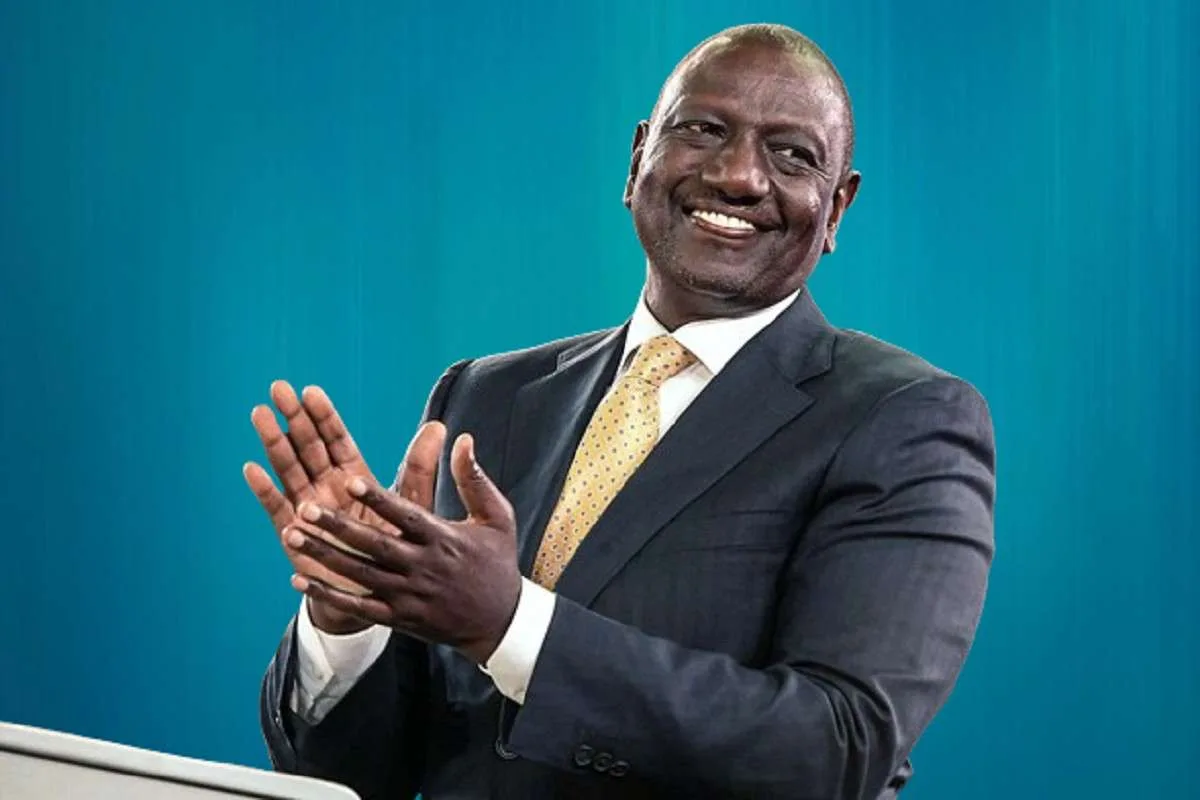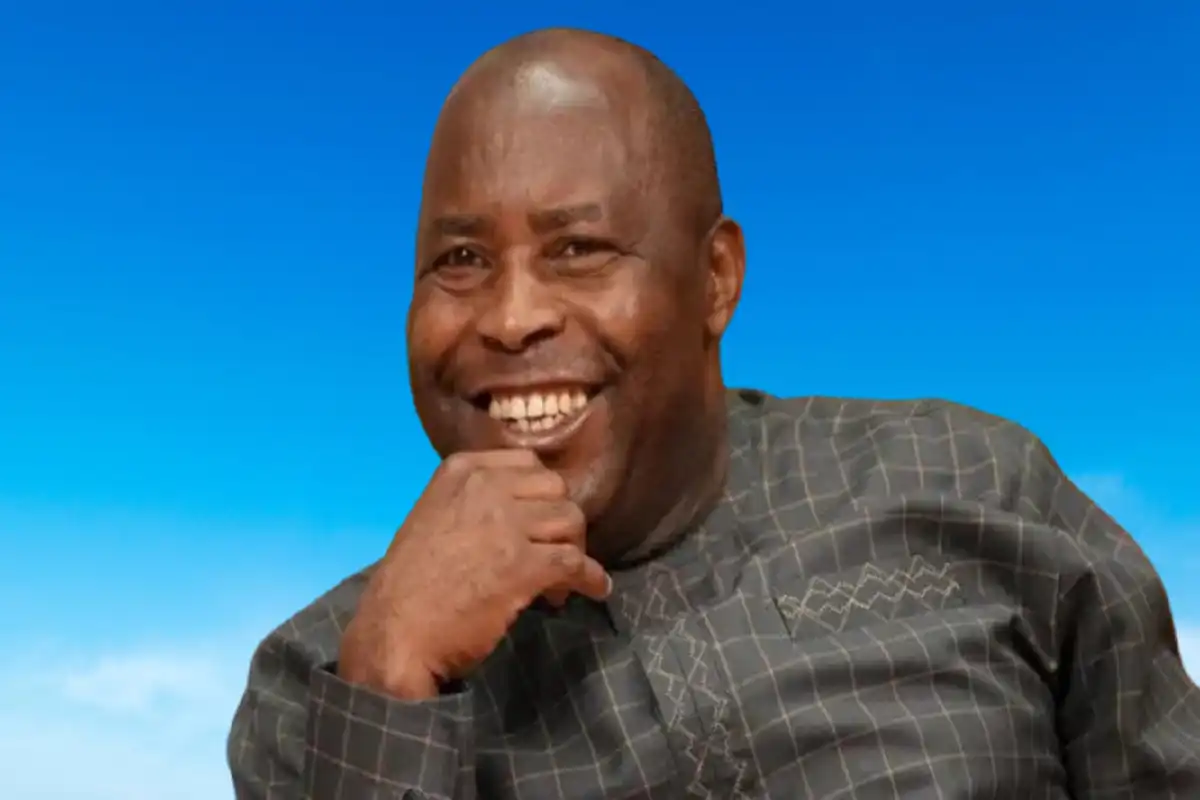Early Life and Education
William Samoei Ruto was born on December 21, 1966, in Kamagut, Uasin Gishu County. Raised in a humble farming family, he attended local primary and secondary schools before pursuing higher education. Ruto earned a bachelor’s degree in zoology and a master’s degree in plant ecology from the University of Nairobi. His educational background laid the foundation for his later political engagements, as he saw firsthand the challenges faced by rural communities.
Political Career Beginnings
Ruto’s political journey began in the late 1990s. He entered the political arena as a member of the Kenya African National Union (KANU), a party that was pivotal in Kenya’s independence. His charisma and ability to connect with grassroots constituents quickly propelled him to prominence.
In 1997, Ruto was elected to the Kenya Parliament as the MP for the Eldoret North constituency. His political astuteness and dedication to public service earned him various positions within the government. He served as Minister of Home Affairs, Minister of Higher Education, Science and Technology, and Deputy President under President Uhuru Kenyatta from 2013 to 2022.
Ascending to the Presidency
In the run-up to Kenya’s 2022 general election, Ruto ran as the presidential candidate for the United Democratic Alliance (UDA), a party he helped co-found. His campaign was focused on the “Hustler” narrative, appealing to the common citizens of Kenya who felt marginalized by the traditional political elite. His message resonated with many voters, particularly the youth and those from lower socio-economic backgrounds, ultimately leading to his election as the fifth President of Kenya on September 5, 2022.
Vision and Policies
As President, William Ruto has articulated a vision centered around economic growth, agricultural development, and national unity. His administration has placed a significant focus on the “Bottom-Up Economic Model.” This approach aims to empower ordinary citizens by providing them with the means to grow their businesses and enhance their livelihoods.
Ruto has emphasized the importance of investing in agriculture, technology, and infrastructure. Recognizing the significant role of the agricultural sector in providing jobs and income, the government has rolled out various initiatives aimed at increasing food production and improving farmers’ access to markets.
Ruto’s government is also focused on reducing the disparities in economic development across different regions of Kenya. He aims to ensure that all citizens, regardless of their background or location, benefit from the country’s resources and opportunities.
Challenges Ahead
Despite his ambitious vision, Ruto faces significant challenges. The Kenyan economy is layered with complexities, including high unemployment rates, inflationary pressures, and the need for improved public services. Additionally, the political landscape remains fragmented, with various factions and interests at play.
Ruto’s ability to rally diverse groups towards common goals will be crucial in achieving his vision for Kenya. As with any leader, he must navigate the intricacies of coalition-building, governance, and public expectation while delivering on his promises.
Conclusion
William Ruto’s rise to the presidency is a testament to his resilience and commitment to public service. As he embarks on this new chapter in his political career, the Kenyan people look to him for leadership, hope, and tangible improvements in their lives. His vision for an inclusive and prosperous Kenya will be tested in the coming years, and how he responds to these challenges will likely define his legacy in the annals of Kenyan history.
As Kenya continues to evolve, William Ruto stands at the forefront, striving to create a nation that affords every citizen the opportunity to thrive. The story of his presidency is still unfolding, and many are watching with keen interest to see how it will shape the future of Kenya.















